
Antsiranana: The Gateway to Northern Madagascar's Wonders
Discover Antsiranana: A blend of stunning natural harbors, rich history, and vibrant culture on the northern tip of Madagascar.
Antsiranana, also known as Diego Suarez, is a captivating city located on the northern tip of Madagascar. This coastal gem is renowned for its stunning natural harbor, one of the largest in the world, which provides a breathtaking backdrop for the city. The harbor is dotted with traditional wooden boats, offering a picturesque view that is a delight for photographers and nature lovers alike. The city itself is steeped in history, reflecting a blend of Malagasy, French, and Arab influences. Antsiranana's charming colonial architecture, vibrant markets, and friendly locals make it a welcoming destination for travelers. The city's laid-back atmosphere is perfect for those seeking a relaxing getaway, while its rich cultural heritage provides plenty of opportunities for exploration and discovery. Antsiranana is also the perfect base for exploring the natural wonders of northern Madagascar. From the lush rainforests of Montagne d'Ambre National Park to the unique limestone formations of Ankarana Reserve, the region offers a diverse array of landscapes and wildlife. Whether you're an adventurous hiker or a beach enthusiast, Antsiranana has something to offer everyone.
Local tips in Antsiranana
- Visit the local markets early in the morning for the freshest produce and a glimpse into daily life.
- Hire a local guide to explore Montagne d'Ambre National Park for the best experience and insights.
- Try the local cuisine, especially freshly caught seafood, at one of the seaside restaurants.
- Bring comfortable walking shoes as the city and its surrounding areas are best explored on foot.
- Learn a few phrases in Malagasy or French to enhance your interactions with the locals.
Antsiranana: The Gateway to Northern Madagascar's Wonders
Antsiranana, also known as Diego Suarez, is a captivating city located on the northern tip of Madagascar. This coastal gem is renowned for its stunning natural harbor, one of the largest in the world, which provides a breathtaking backdrop for the city. The harbor is dotted with traditional wooden boats, offering a picturesque view that is a delight for photographers and nature lovers alike. The city itself is steeped in history, reflecting a blend of Malagasy, French, and Arab influences. Antsiranana's charming colonial architecture, vibrant markets, and friendly locals make it a welcoming destination for travelers. The city's laid-back atmosphere is perfect for those seeking a relaxing getaway, while its rich cultural heritage provides plenty of opportunities for exploration and discovery. Antsiranana is also the perfect base for exploring the natural wonders of northern Madagascar. From the lush rainforests of Montagne d'Ambre National Park to the unique limestone formations of Ankarana Reserve, the region offers a diverse array of landscapes and wildlife. Whether you're an adventurous hiker or a beach enthusiast, Antsiranana has something to offer everyone.
When is the best time to go to Antsiranana?
Iconic landmarks you can’t miss
Lemuria Land
Discover the enchanting world of wildlife at Lemuria Land, Madagascar's premier animal park in Hell-Ville, perfect for families and nature lovers.
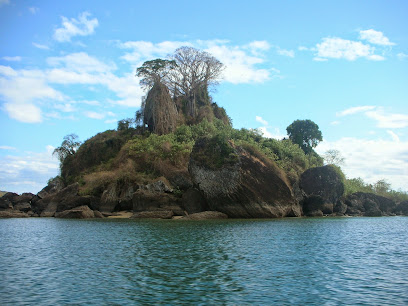
KiteParadise Madagascar Kitesurf Heaven Eco Lodge
Discover the ultimate kitesurfing getaway at KiteParadise Madagascar, where adventure meets eco-friendly luxury in stunning Sakalava Bay.
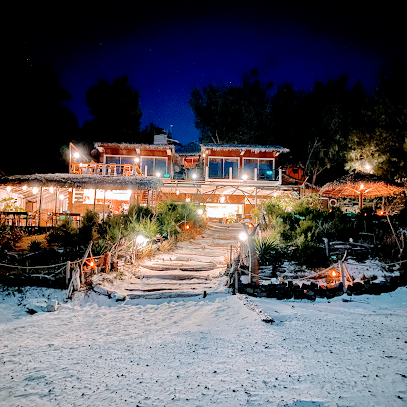
Tsingy Rouge
Discover Tsingy Rouge, a breathtaking natural wonder in Madagascar with stunning red rock formations and unique geological beauty.
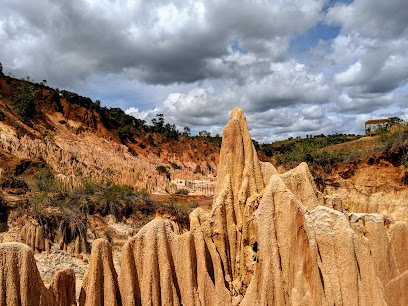
Allamanda Hotel
Discover the enchanting Allamanda Hotel in Antsiranana, where stunning views and warm hospitality blend seamlessly in a tropical retreat.

Montagne D'Ambre nationalpark
Discover the breathtaking landscapes and unique wildlife of Montagne d'Ambre National Park, an ecological treasure in Madagascar.
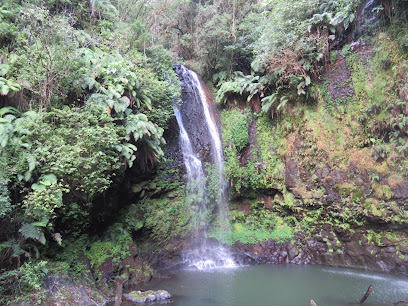
Réserve spéciale d’Ankarana
Discover the stunning landscapes, unique wildlife, and adventure opportunities at Ankarana Special Reserve, Madagascar's breathtaking national park.
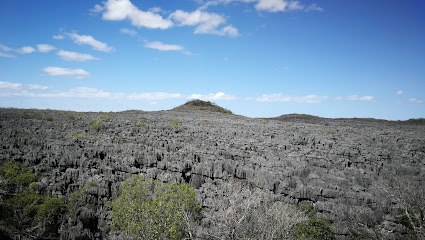
Mantasaly Resort
Discover adventure and relaxation at Mantasaly Resort in Madagascar, where stunning beaches and thrilling sports await every traveler.

Lokobe Nature Special Reserve
Discover the breathtaking biodiversity and serene landscapes of Lokobe Nature Special Reserve in Madagascar, a haven for nature lovers and adventure seekers.
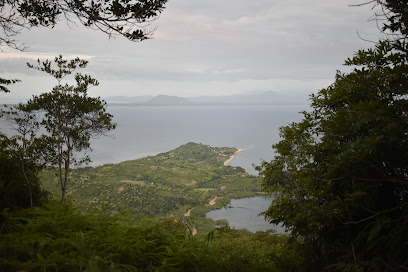
Mahatsingo Sacred Tree
Discover the Mahatsingo Sacred Tree in Nosy Be, a serene spiritual site blending breathtaking nature with rich local traditions.
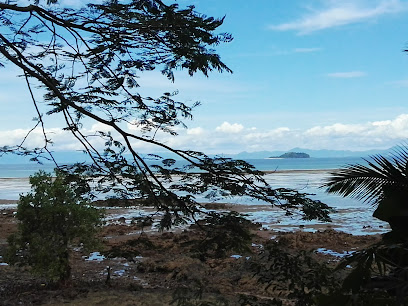
Hotel Les Paillottes de Babaomby
Discover a serene escape at Hotel Les Paillottes de Babaomby, where comfort meets the natural beauty of Antsiranana, Madagascar.

Tropical Garden
Explore the Tropical Garden in Antsiranana, a botanical paradise filled with exotic plants and serene landscapes, perfect for nature lovers and photographers.
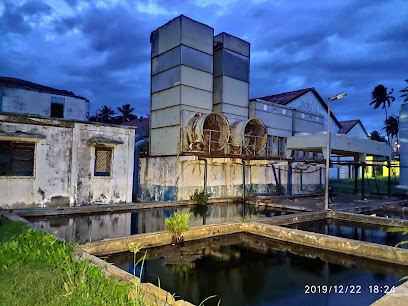
Regina Lodge
Experience warm hospitality and a cozy stay at Regina Lodge in Antsiranana, the gateway to Madagascar's stunning northern landscapes.

Viewpoint French Mountain
Explore the stunning natural beauty and panoramic views at Viewpoint French Mountain in Antsiranana, Madagascar's breathtaking nature preserve.
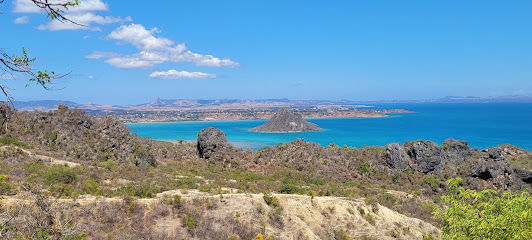
Place Joffre
Explore the vibrant culture and stunning scenery at Place Joffre, a must-visit destination in Antsiranana, Madagascar.
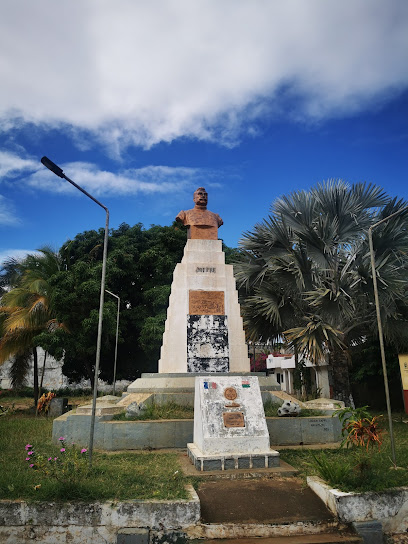
Telma Antsiranana
Experience seamless connectivity at Telma Antsiranana and explore the beauty of Madagascar while staying in touch with the world.
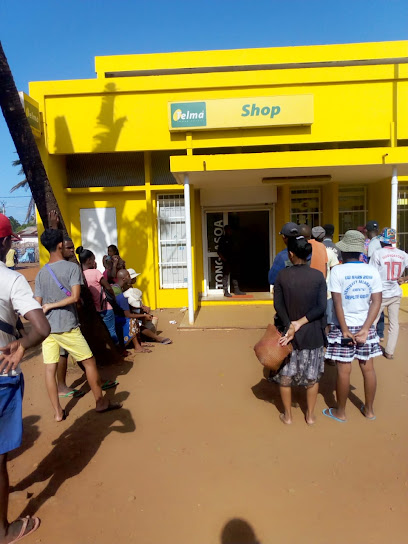
Unmissable attractions to see
Tsingy Rouge
Explore the stunning red rock formations of Tsingy Rouge in Madagascar, a unique natural attraction that captivates visitors with its breathtaking beauty.
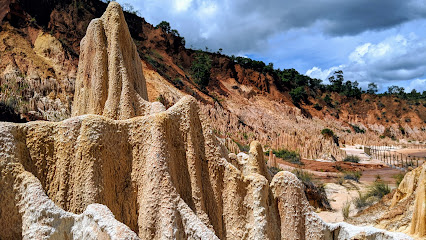
Relais Joffre
Explore the serene beauty and rich history of Relais Joffre, a tranquil memorial park in Antsiranana, Madagascar, perfect for reflection and relaxation.
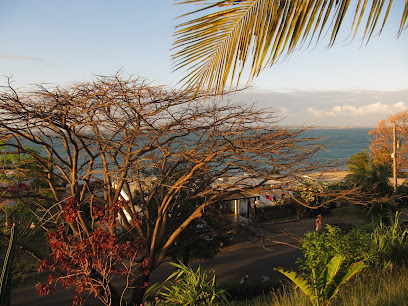
Cruise Pier Antsiranana
Experience the lively atmosphere of Antsiranana's Cruise Pier, a hub of culture, crafts, and breathtaking ocean views in Madagascar.
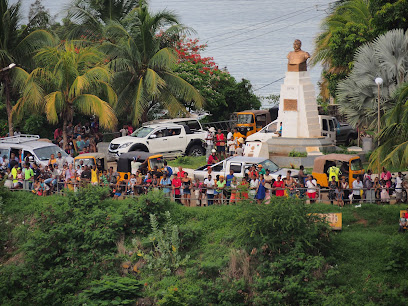
Viewpoint French Mountain
Discover the stunning landscapes and vibrant biodiversity at Viewpoint French Mountain, a hidden natural treasure in Antsiranana, Madagascar.
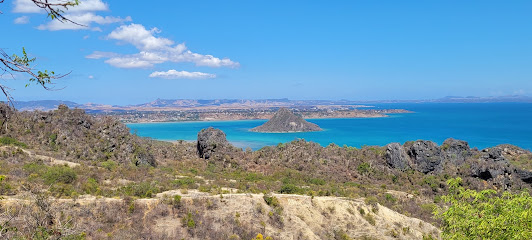
Pain de Sucre
Experience the breathtaking beauty of Pain de Sucre in Antsiranana, Madagascar - a natural landmark boasting stunning rock formations and panoramic ocean views.

Baobab Romynet A.Saurezensis
Explore the enchanting Baobab Romynet A.Saurezensis, a state park in Antsiranana showcasing Madagascar's iconic baobab trees and rich biodiversity.
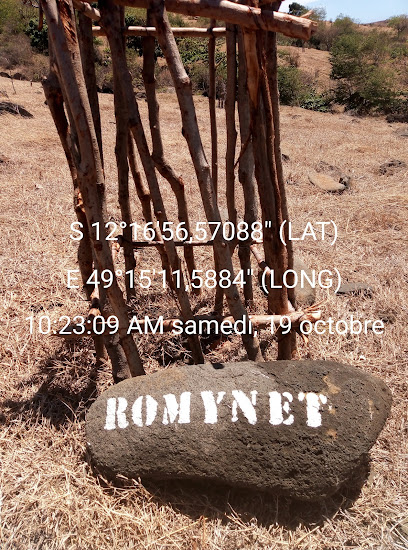
Old fort
Discover the majestic Old Fort in Amoronjia-Orangéia, a captivating historical site that offers stunning views and rich cultural experiences.
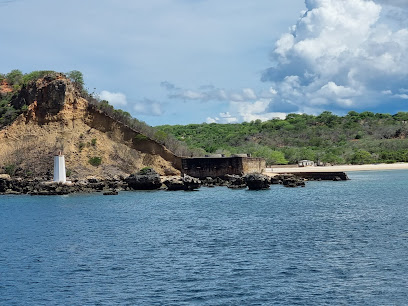
Baobab Magnet
Experience the serene charm of Baobab Magnet in Antsiranana, where towering baobab trees and lush landscapes invite you to connect with nature.

Ponton du Jardin des Baobabs
Discover the serene beauty of Ponton du Jardin des Baobabs in Madagascar, a state park known for its iconic baobab trees and breathtaking landscapes.
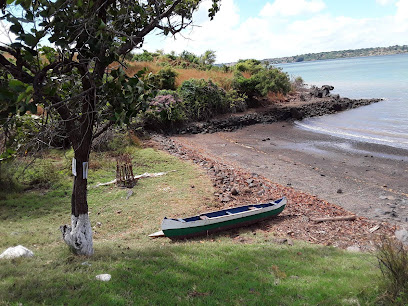
Place de la musique
Discover the cultural heartbeat of Antsiranana at Place de la Musique, a serene park that blends nature with local musical traditions.
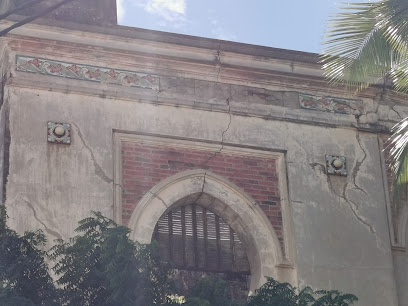
Baobab A.Suarezensis « P’tit Filou »
Explore Baobab A.Suarezensis « P’tit Filou », a stunning state park in Antsiranana, Madagascar, featuring iconic baobab trees and rich biodiversity.
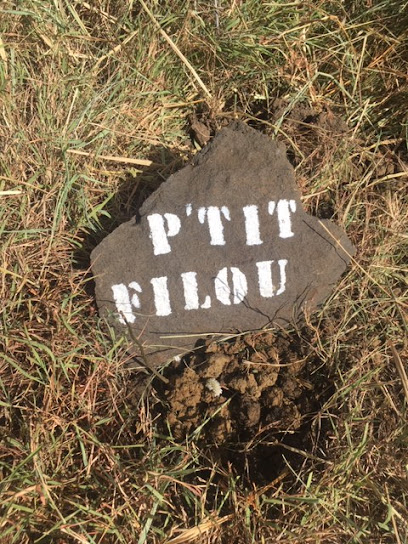
Baobab Zak2444
Explore the enchanting Baobab Zak2444 in Antsiranana, Madagascar, a state park filled with extraordinary trees and rich wildlife.

Baobab Espérant A. Suarezensis
Explore the enchanting Baobab Espérant A. Suarezensis, a stunning state park in Madagascar, known for its iconic baobab trees and rich biodiversity.
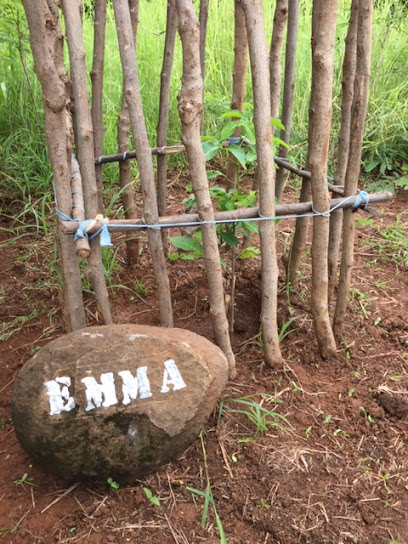
Baobab PRECIOUS. P.K Adansonia Suarezensis
Explore the majestic Baobab PRECIOUS in Antsiranana, a state park showcasing the iconic Adansonia Suarezensis trees amidst Madagascar's stunning landscapes.

BAIE D'EMERAUDE
Discover the pristine beauty of Baie d'Émeraude, a tropical paradise in Madagascar, where azure waters meet sandy shores and adventure awaits.

Essential places to dine
SUeGIU
Experience authentic Italian pizza at SUeGIU in Antsiranana – where tradition meets flavor in every slice.

La Cambusa
Discover La Cambusa in Antsiranana – where Malagasy cuisine meets delightful hospitality amidst vibrant surroundings.
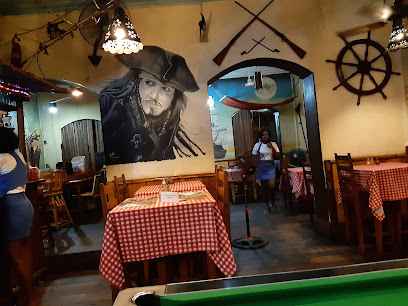
Melville
Discover Melville in Antsiranana: where local flavors meet global cuisine in a charming atmosphere perfect for every palate.
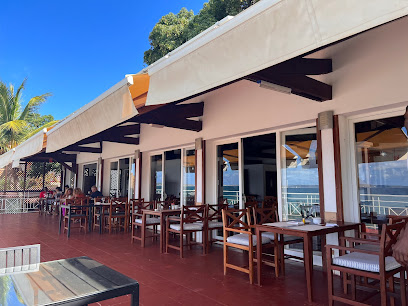
Tsara Be
Discover Tsara Be: A culinary haven in Antsiranana serving authentic Malagasy dishes amidst a charming atmosphere.
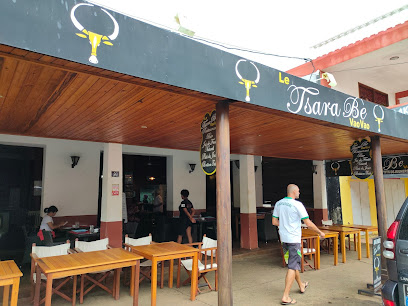
Coco Pizza
Discover the best pizza in Antsiranana at Coco Pizza - where fresh ingredients meet local flavor in every slice!
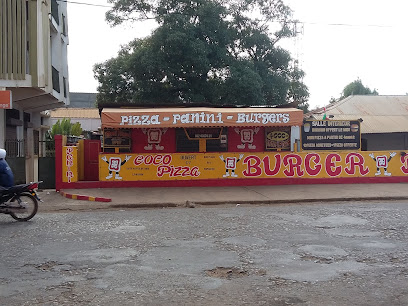
La kaza
Experience authentic French cuisine at La Kaza in Antsiranana - where exquisite flavors meet warm hospitality.
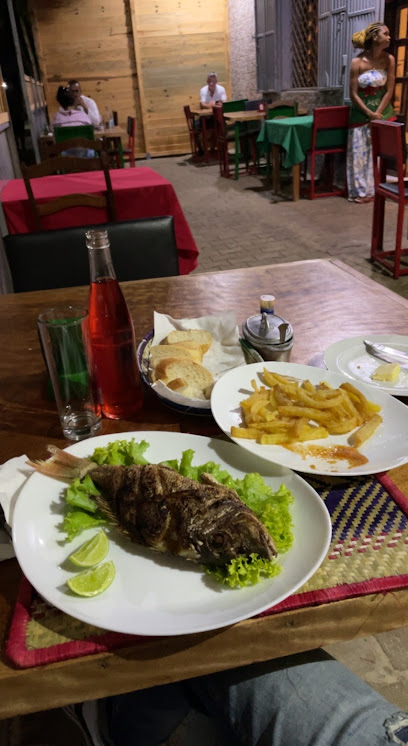
DS Mandoky
Discover delectable barbecue dishes in Antsiranana at DS Mandoky - where flavor meets local culture.
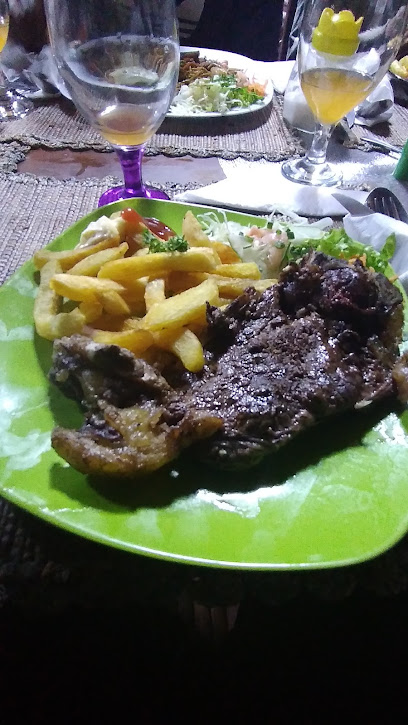
Restaurant Shangri-La
Discover the culinary delights of Madagascar at Restaurant Shangri-La in Antsiranana - where local flavors meet exquisite dining.
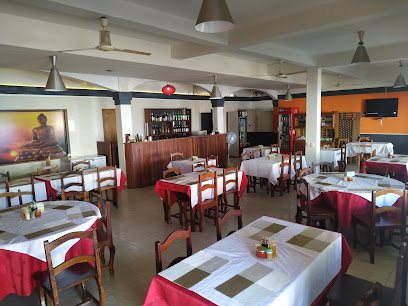
Hotel et restaurant mora mora
Discover the flavors of Madagascar at Hotel et Restaurant Mora Mora in Antsiranana - a culinary journey awaits.

La Cantine
Discover La Cantine in Antsiranana: A culinary haven offering authentic Malagasy cuisine with fresh ingredients and warm hospitality.
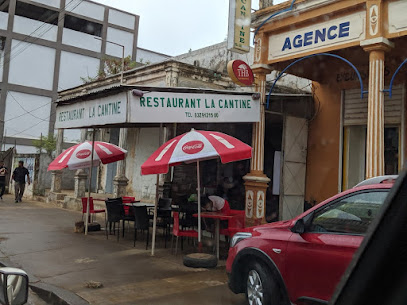
Rosticceria
Experience authentic Italian cuisine at Rosticceria in Antsiranana—where every dish tells a story.
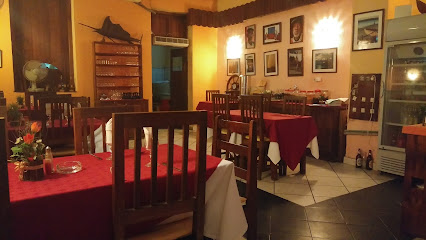
La Bodega
Experience the vibrant flavors of Madagascar at La Bodega in Antsiranana – where local cuisine meets warm hospitality.
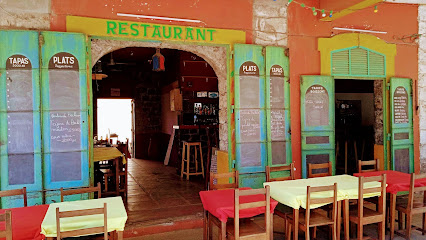
Restaurant Le Raphia
Discover authentic Malagasy cuisine at Restaurant Le Raphia, where every dish reflects the rich flavors of Madagascar's culinary heritage.
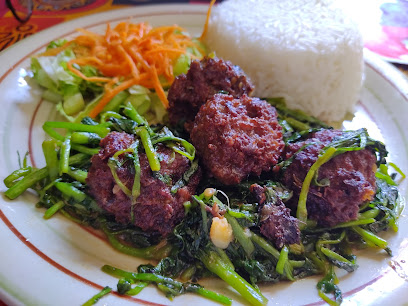
Libertalia
Experience authentic Malagasy cuisine at Libertalia, a charming restaurant in Antsiranana offering delightful local flavors in a warm atmosphere.

Oh! La! La Pizza's
Discover the authentic taste of Madagascar with delicious pizzas at Oh! La! La Pizza's in Antsiranana.
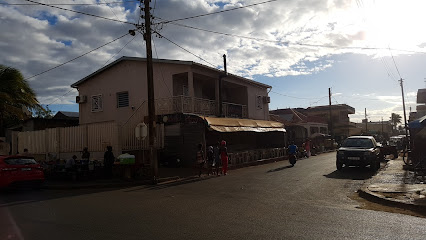
Markets, malls and hidden boutiques
COSMOS Diego
Discover unique home goods inspired by Madagascar's culture at COSMOS Diego in Antsiranana, a shopper's paradise.
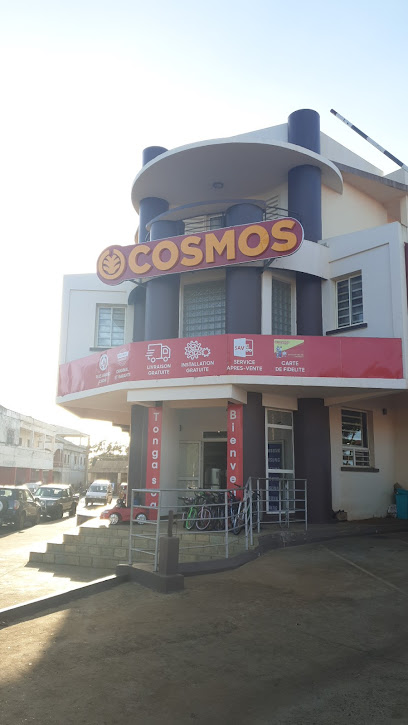
BIJOUTERIE CHEZ BABOU
Explore Bijouterie Chez Babou in Antsiranana for exquisite handcrafted jewelry, showcasing Madagascar’s artistry and cultural heritage.

Antsiranana
Explore Antsiranana: A vibrant general store in Madagascar, filled with local crafts, fresh produce, and authentic souvenirs that capture the spirit of the region.
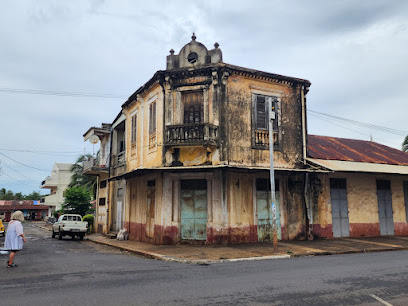
La Rosia Boutique
Explore La Rosia Boutique in Antsiranana for a unique shopping experience filled with local crafts, fashion, and culinary delights.

Tabet Shop
Discover local flavors and essentials at Tabet Shop, the vibrant supermarket in Antsiranana, Madagascar, where culture meets convenience.

Boutique Maman'i EMMA
Explore the rich flavors of Madagascar at Boutique Maman'i EMMA, your go-to grocery store in Antsiranana for local delicacies and unique souvenirs.

Boutique N et C
Discover local flavors and unique souvenirs at Boutique N et C, a charming grocery store in Antsiranana, Madagascar.

Stella Boutique
Explore Stella Boutique in Antsiranana for unique handcrafted treasures and authentic Malagasy souvenirs that embody the island's rich heritage.

Judi Shop
Explore the vibrant Judi Shop in Antsiranana for unique local treasures and an authentic taste of Madagascar's rich culture.
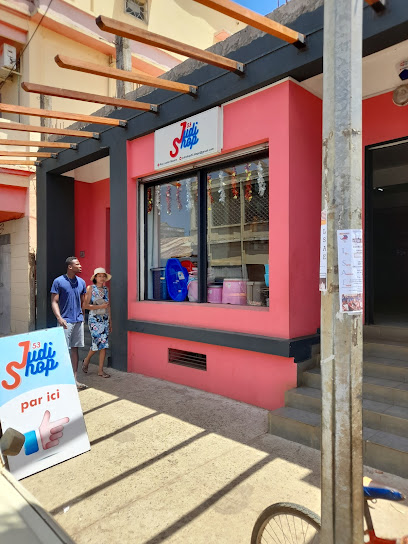
BIJOU'LUX
Explore the exquisite craftsmanship of BIJOU'LUX in Antsiranana, where every piece of jewelry is a unique expression of Madagascar's rich heritage.
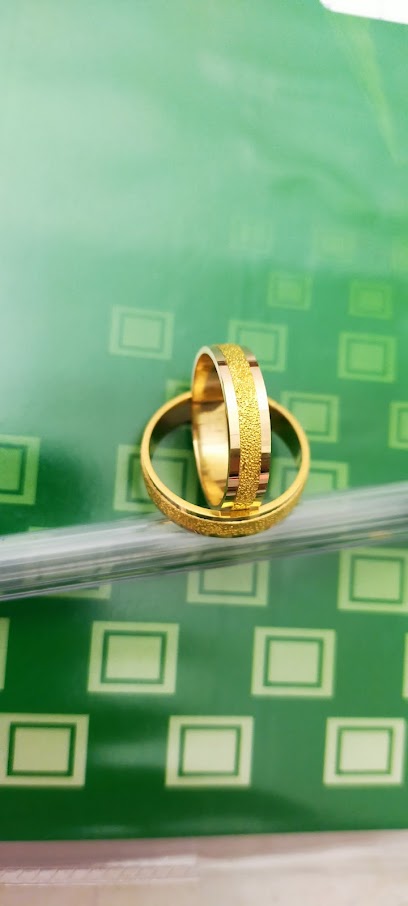
JAY SONI BIJOUTERIE
Explore the artistry of Madagascar at Jay Soni Bijouterie, where handcrafted jewelry reflects the vibrant culture and craftsmanship of Antsiranana.

BOUTIQUE BEKY TSARA LAMBA
Discover the charm of Madagascar's fashion at Boutique Beky Tsara Lamba, where local artistry meets unique style in Antsiranana.

LaBotika
Discover unique Malagasy fashion at LaBotika in Antsiranana, where vibrant styles and local culture come together in a delightful shopping experience.
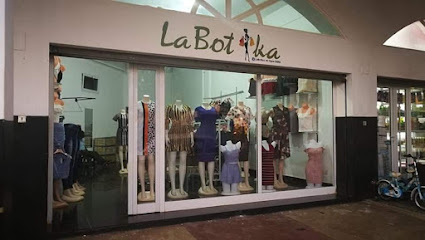
MA VANILLAS
Explore MA VANILLAS in Antsiranana for an unforgettable shopping experience blending local culture with modern retail.

Abbatoir Diego
Explore Abbatoir Diego in Antsiranana, where local culture meets unique shopping experiences, showcasing the best of Malagasy craftsmanship.
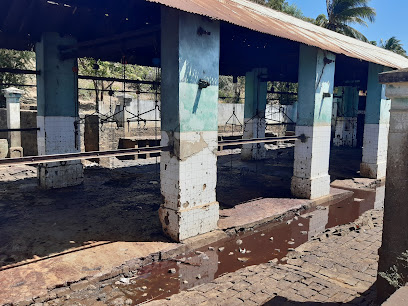
Essential bars & hidden hideouts
Taxi Be
Discover the nightlife of Antsiranana at Taxi Be, a vibrant bar offering delicious drinks and a lively atmosphere for an unforgettable evening.
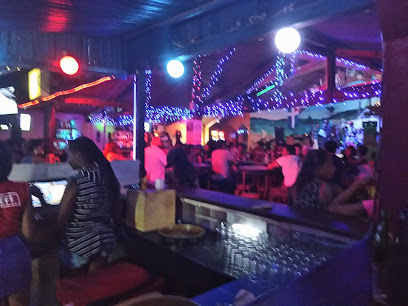
La Vahinee
Discover La Vahinee in Antsiranana – a vibrant bar offering a unique blend of local culture, refreshing drinks, and a lively atmosphere.
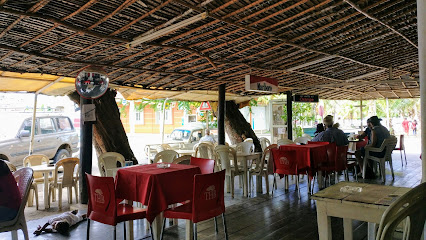
La Bodega
Experience the flavors of Madagascar at La Bodega, a top restaurant in Antsiranana offering a delightful menu in a welcoming atmosphere.

Libertalia
Discover the vibrant flavors of Libertalia in Antsiranana, where authentic Malagasy cuisine meets a warm and inviting atmosphere.
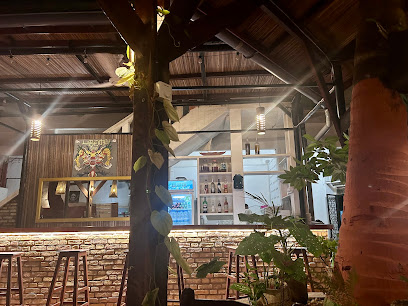
Gasytos Fy
Discover the vibrant nightlife at Gasytos Fy, a premier bar in Antsiranana, Madagascar, known for its lively atmosphere and exceptional service.
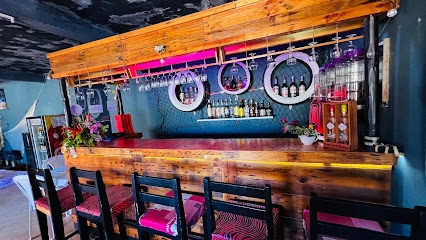
K'bar grill'
Experience the vibrant flavors of Madagascar at K'Bar Grill, a beloved restaurant in Antsiranana known for its delicious and affordable local dishes.
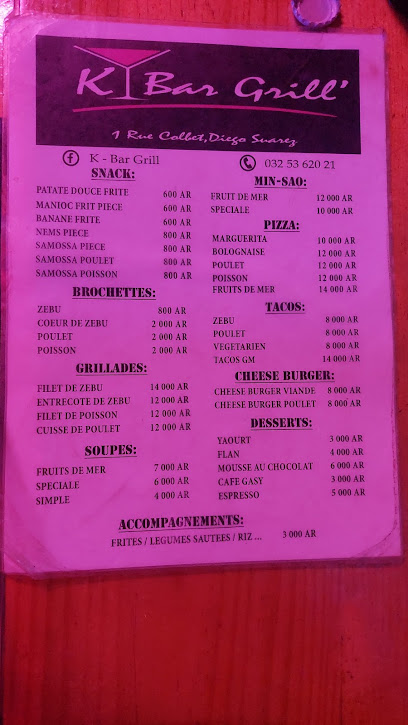
La Taverne Diego Suarez
Experience the vibrant flavors of Madagascar at La Taverne Diego Suarez, a culinary haven in Antsiranana for food lovers and adventurous travelers.
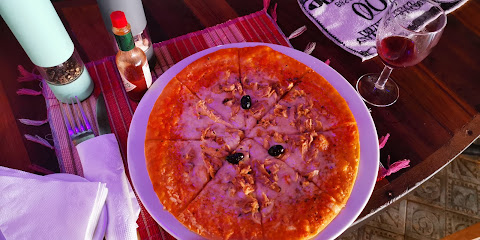
Diana Loisirs
Experience the lively vibe of Diana Loisirs, Antsiranana's karaoke bar where music and fun meet in a vibrant atmosphere.
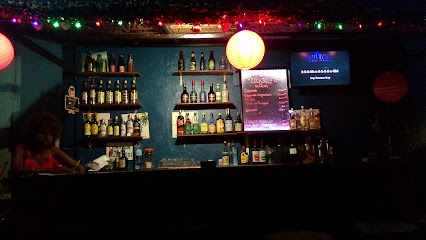
Saloon
Experience the vibrant flavors and welcoming atmosphere at Saloon, a culinary gem in Antsiranana that promises unforgettable meals.
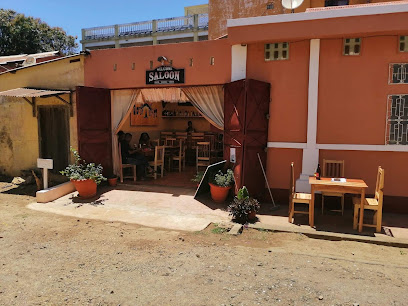
L’Étincelle Diego-Suarez
Discover the vibrant ambiance and exquisite cocktails at L’Étincelle Diego-Suarez, the perfect lounge for relaxation and socializing in Madagascar.

BAR SAVA
Discover the vibrant nightlife at Bar Sava, Antsiranana's go-to bar for refreshing drinks and a lively atmosphere.
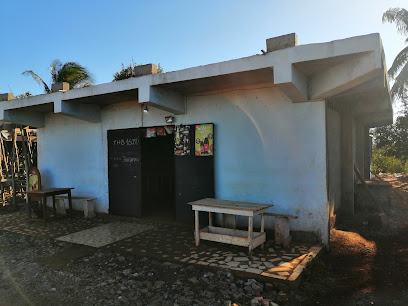
Epibuvette Jupiter
Unwind at Epibuvette Jupiter, a vibrant bar in Antsiranana, where local culture and friendly vibes create the perfect atmosphere for relaxation.
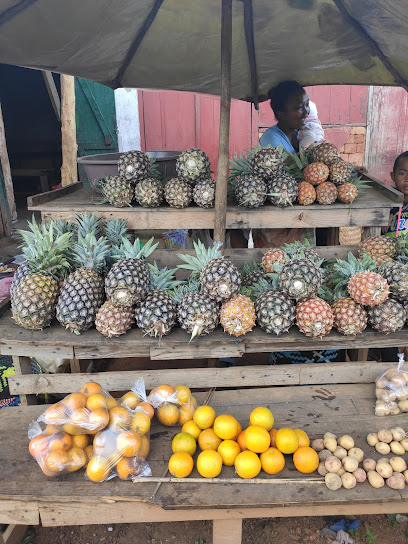
Chez Othman alrich
Experience the vibrant nightlife of Antsiranana at Chez Othman alrich, where local drinks and friendly vibes await.

Othman Ratsimba
Experience the vibrant nightlife of Antsiranana at Othman Ratsimba, a bar where local culture and crafted cocktails come alive.

Chez Benito
Experience the vibrant nightlife of Antsiranana at Chez Benito, where local flavors and lively ambiance create unforgettable moments.
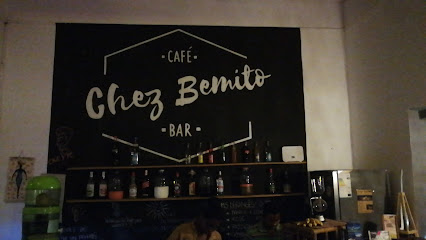
Local Phrases
-
- HelloSalama
[sa-la-ma] - GoodbyeVeloma
[ve-lo-ma] - YesEny
[e-ny] - NoTsy
[tsi] - Please/You're welcomeAzafady
[a-za-fa-dy] - Thank youMisaotra
[mi-sa-u-tra] - Excuse me/SorryMiala tsiny
[mee-a-la tsee-ny] - How are you?Manao ahoana ianao?
[ma-nao a-wa-na ya-nao] - Fine. And you?Tsara. Ary ianao?
[tsa-ra a-ry ya-nao] - Do you speak English?Manana fahasalamana ihany ve ianao?
[ma-na-na fa-ha-sa-la-ma-na ee-ha-ny ve ya-nao] - I don't understandTsy mahay
[tsi ma-hai]
- HelloSalama
-
- I'd like to see the menu, pleaseMila hahita ny menio, azafady
[mi-la ha-hee-ta ny me-nyo, a-za-fa-dy] - I don't eat meatTsy mihinam-bary aho
[tsi mi-hee-na-ba-ri a-hu] - Cheers!Mazotoa!
[ma-zo-to-a] - I would like to pay, pleaseMila mameno, azafady
[mi-la ma-me-no, a-za-fa-dy]
- I'd like to see the menu, pleaseMila hahita ny menio, azafady
-
- Help!Fanantenana!
[fa-na-ten-ta-na] - Go away!Mandehana!
[man-de-ha-na] - Call the Police!Mangataka ny polisy!
[man-ga-ta-ka ny po-li-sy] - Call a doctor!Mangataka dokotera!
[man-ga-ta-ka do-ko-te-ra] - I'm lostTsy hita izay lalana
[tsi hi-ta i-zai la-la-na] - I'm illMafy aho
[ma-fi a-hu]
- Help!Fanantenana!
-
- I'd like to buy...Mila mamaky...
[mi-la ma-ma-ky] - I'm just lookingMitady fotsy
[mi-ta-dy fot-si] - How much is it?Ohatra ny vola amin'izany?
[o-ha-tra ny vo-la a-mi-ni-za-ni] - That's too expensiveMahafinaritra be izany
[ma-ha-fi-na-ri-tra be za-ni] - Can you lower the price?Afaka mandoa ny vidiny?
[a-fa-ka man-do-a ny vi-di-ny]
- I'd like to buy...Mila mamaky...
-
- What time is it?Inona no ora?
[i-no-na no o-ra] - It's one o'clockEo iray ora
[e-o i-ra-ee o-ra] - Half past (10)Efapolo sy folo
[e-fa-po-lo si fo-lo] - MorningMaraina
[ma-rai-na] - AfternoonAntoandro
[an-to-an-dro] - EveningAlina
[a-li-na] - YesterdayOmaly
[o-ma-ly] - TodayAnio
[a-nyo] - TomorrowAndroany
[an-dro-a-ny] - 1Iray
[ee-rai] - 2Roa
[ro-a] - 3Telo
[te-lo] - 4Efatra
[e-fa-tra] - 5Dimy
[dee-mi] - 6Enina
[e-nee-na] - 7Fito
[fee-to] - 8Valo
[va-lo] - 9Sivy
[see-vi] - 10Folo
[fo-lo]
- What time is it?Inona no ora?
-
- Where's a/the...?Aiza no...
[ai-za no] - What's the address?Inona no adiresy?
[i-no-na no a-di-resy] - Can you show me (on the map)?Afaka mankafy aho (amin'ny saritany)?
[a-fa-ka man-ka-fy a-hu a-mi-ni sa-ri-ta-ny] - When's the next (bus)?Aiza ny iray manaraka (fiara)?
[ai-za ny ee-rai ma-na-ra-ka fee-a-ra] - A ticket (to ....)Ny taratasy (ho ...)
[ny ta-ra-ta-sy ho]
- Where's a/the...?Aiza no...
History of Antsiranana
-
Antsiranana, formerly known as Diego-Suarez, holds a rich history that dates back to ancient times. The area was originally inhabited by indigenous Malagasy tribes who lived off the ocean and the fertile lands. These early inhabitants practiced a form of animism and worshipped the spirits of their ancestors, a tradition that still influences local culture today.
-
The city’s history took a significant turn in the early 1500s when Portuguese explorer Diogo Dias discovered the bay during one of his voyages. This marked the beginning of European interest in the region. The bay, with its strategic location, would later attract explorers and traders from various European nations, including the French and the British.
-
In the late 19th century, the French established a foothold in Antsiranana, recognizing its strategic value as a naval base. In 1885, the city was formally ceded to France under the Treaty of Berlin. The French developed the port and built infrastructure, including roads, schools, and hospitals, laying the foundation for the modern city.
-
During World War II, Antsiranana played a crucial role due to its strategic position. In 1942, British forces launched the Battle of Madagascar to prevent Japanese forces from using the island as a base. This battle was one of the only significant actions in the Indian Ocean during the war, highlighting the city’s military importance.
-
Madagascar gained independence from France in 1960, and Antsiranana was renamed from Diego-Suarez as part of a broader effort to reclaim Malagasy identity. The city underwent significant changes as it transitioned from a colonial outpost to a burgeoning urban center. Efforts were made to preserve the cultural heritage while modernizing the infrastructure.
-
Today, Antsiranana is a vibrant cultural melting pot where Malagasy, French, Indian, and Chinese influences coexist. The city is known for its lively markets, where one can find a mix of traditional Malagasy crafts, French pastries, and Indian spices. Festivals and celebrations, such as the Donia Music Festival, showcase the diverse cultural tapestry of the region.
-
Antsiranana is also renowned for its breathtaking natural beauty. The surrounding areas boast stunning landscapes, from the lush tropical forests of Montagne d'Ambre National Park to the unique rock formations of Ankarana Reserve. These natural wonders attract tourists from around the globe, making the city an important hub for eco-tourism.
Antsiranana Essentials
-
Antsiranana, also known as Diego Suarez, is located on the northern tip of Madagascar. The nearest international airport is Arrachart Airport (DIE), which has flights connecting from Antananarivo, the capital of Madagascar. From the airport, you can take a taxi to the city center. Alternatively, you can take a bus or a private car from Antananarivo; although the journey is long, it offers scenic views of Madagascar's diverse landscapes.
-
In Antsiranana, you can get around by taxi, which is relatively affordable. For a more local experience, you can use tuk-tuks or bicycle rickshaws. Public buses are also available but they can be crowded and less reliable. Renting a car or a scooter is an option, but be aware that road conditions can be challenging and local driving habits may be different from what you're used to.
-
The official currency in Madagascar is the Malagasy Ariary (MGA). Credit cards are accepted in some hotels, restaurants, and larger shops, but it's advisable to carry cash, especially when visiting smaller establishments or local markets. ATMs are available in Antsiranana, but it's wise to have some cash on hand for emergencies or in case of technical issues with the machines.
-
Antsiranana is generally safe, but like any travel destination, it's important to take standard precautions. Avoid walking alone at night in unfamiliar areas, and be cautious of pickpockets in crowded places like markets. Areas around the port and some parts of the city outskirts have higher crime rates, so it's best to avoid these areas, particularly after dark. Always keep an eye on your belongings and use hotel safes for valuables.
-
In case of emergency, dial 117 for police assistance and 124 for medical emergencies. The local hospital in Antsiranana can handle most medical issues, but for serious conditions, it might be necessary to travel to a larger city or even abroad. It's highly recommended to have travel insurance that covers medical emergencies. Pharmacies are available in the city for minor health needs.
-
Fashion: Do dress modestly, especially when visiting religious or cultural sites. Avoid overly revealing clothing. Religion: Do respect local customs and traditions. When visiting churches or mosques, dress conservatively and remove shoes where required. Public Transport: Do be respectful to fellow passengers and avoid eating or drinking on public transport. Greetings: Do greet people with a warm handshake. A polite greeting in Malagasy, such as 'Salama,' is always appreciated. Eating & Drinking: Do try local dishes and accept food offerings graciously. Avoid wasting food, as it is considered disrespectful.
-
To experience Antsiranana like a local, visit the local markets where you can buy fresh produce, spices, and traditional Malagasy goods. Engage with locals; they are often friendly and willing to share their culture and stories. Don't miss visiting the Emerald Sea, a stunning lagoon perfect for snorkeling and swimming. For a unique experience, take a hike up to the Montagne d'Ambre National Park, which offers breathtaking views and diverse wildlife.
Trending Landmark in Antsiranana
-
Lemuria Land
-
KiteParadise Madagascar Kitesurf Heaven Eco Lodge
-
Tsingy Rouge
-
Allamanda Hotel
-
Montagne D'Ambre nationalpark
-
Réserve spéciale d’Ankarana
-
Mantasaly Resort
-
Lokobe Nature Special Reserve
-
Mahatsingo Sacred Tree
-
Hotel Les Paillottes de Babaomby
-
Tropical Garden
-
Regina Lodge
-
Viewpoint French Mountain
-
Place Joffre
-
Telma Antsiranana
Nearby Cities to Antsiranana
-
Things To Do in Diego Suarez
-
Things To Do in Nosy Be
-
Things To Do in Mamoudzou
-
Things To Do in Koungou
-
Things To Do in Dembeni
-
Things To Do in Bandrele
-
Things To Do in Chirongui
-
Things To Do in Chiconi
-
Things To Do in Sada
-
Things To Do in Acoua
-
Things To Do in Mahajanga
-
Things To Do in Majunga
-
Things To Do in Domoni
-
Things To Do in Ouani
-
Things To Do in Toamasina









